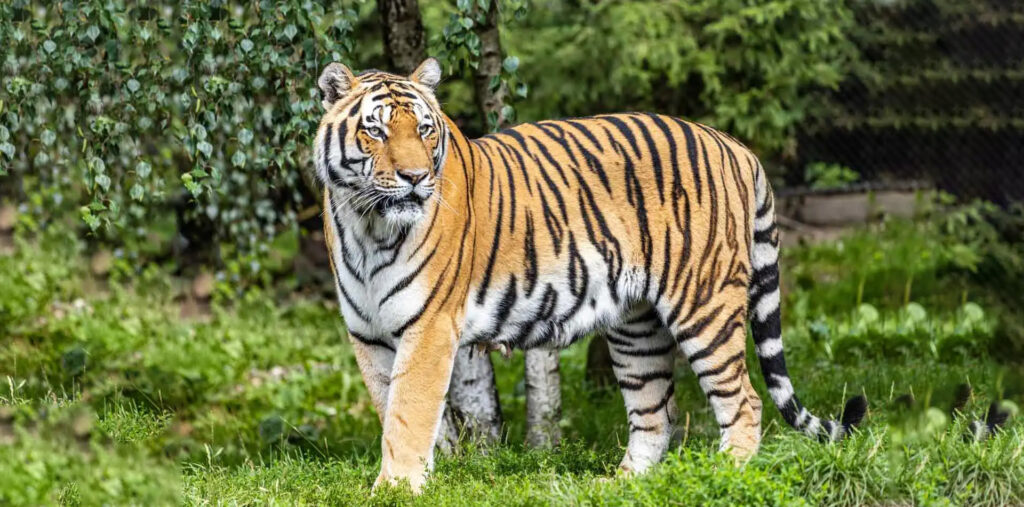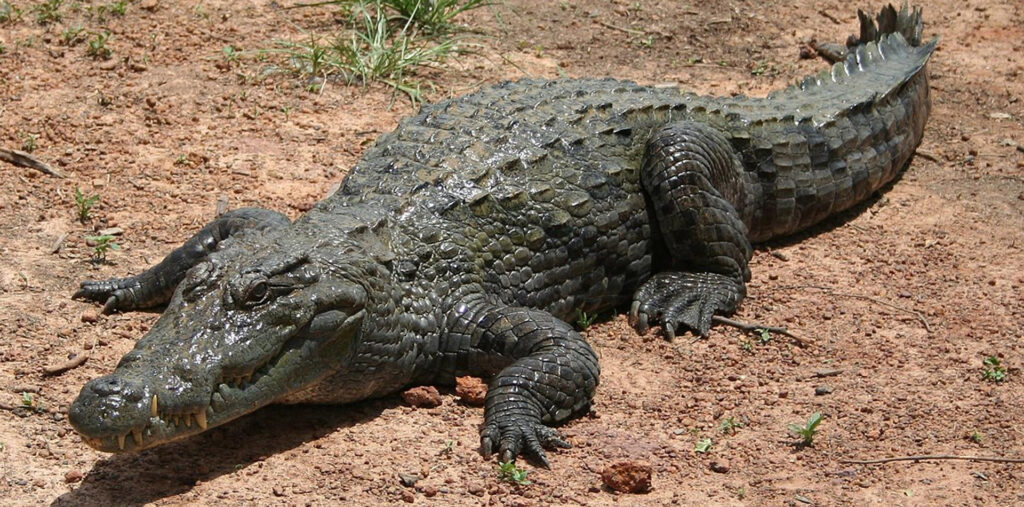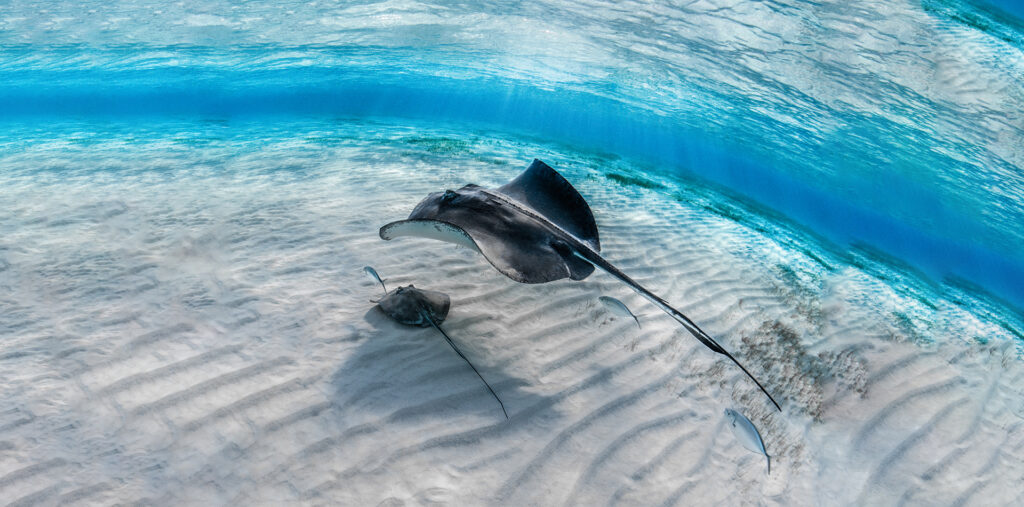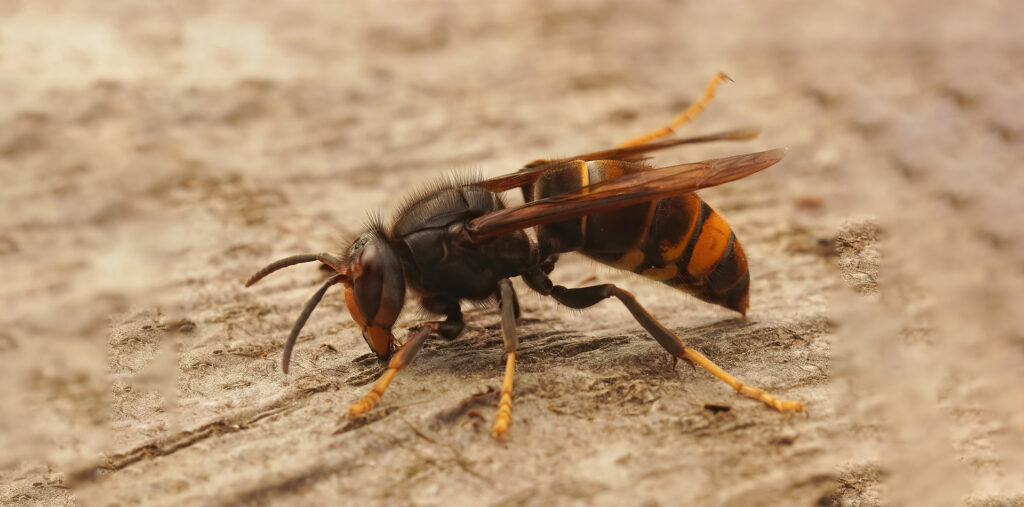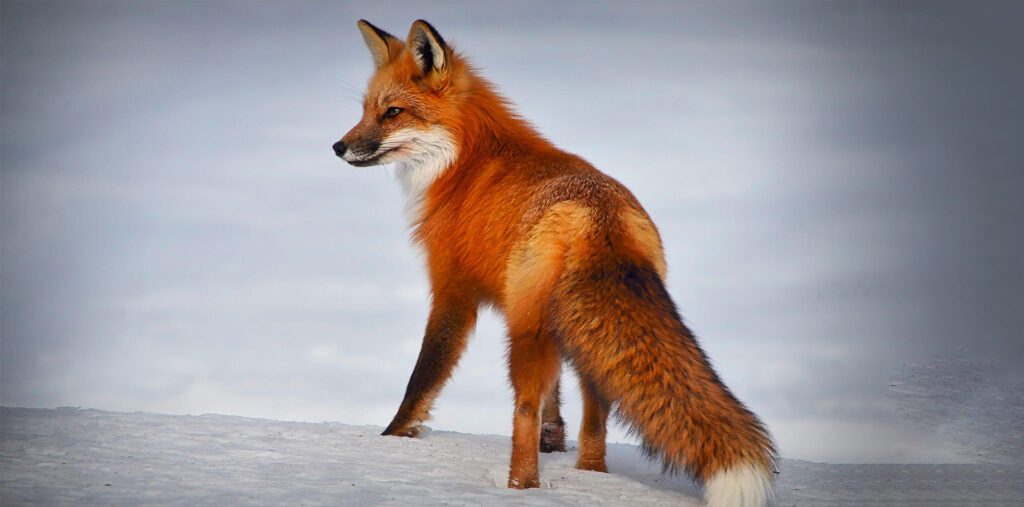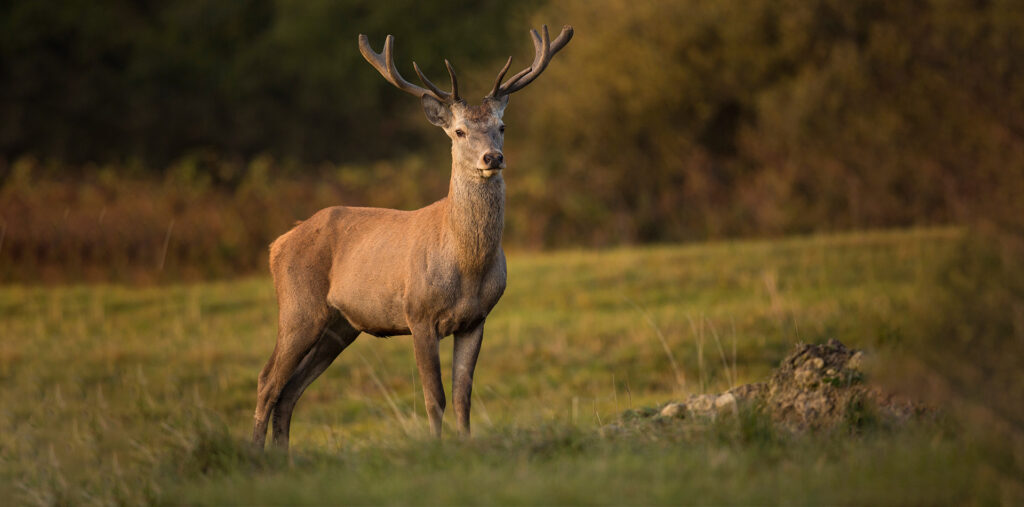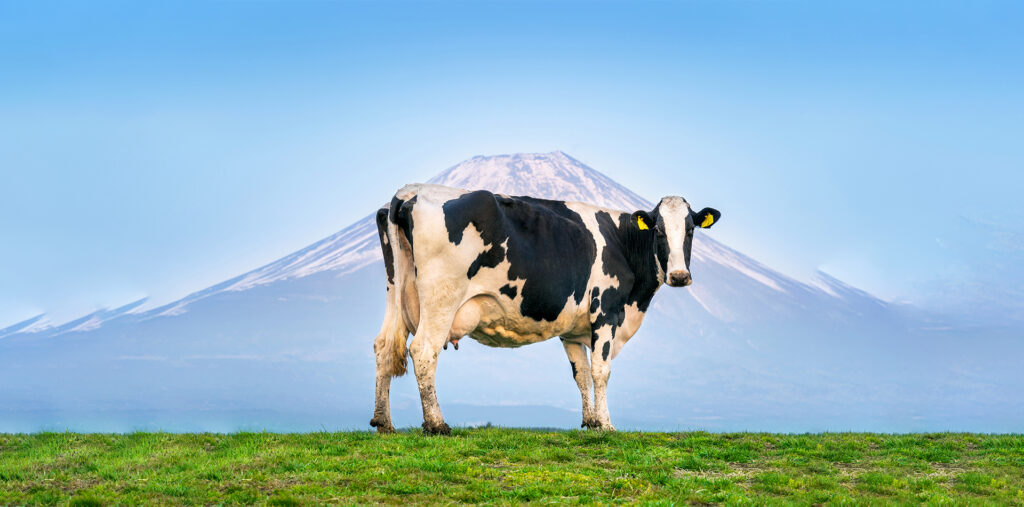Meet with Triceratop
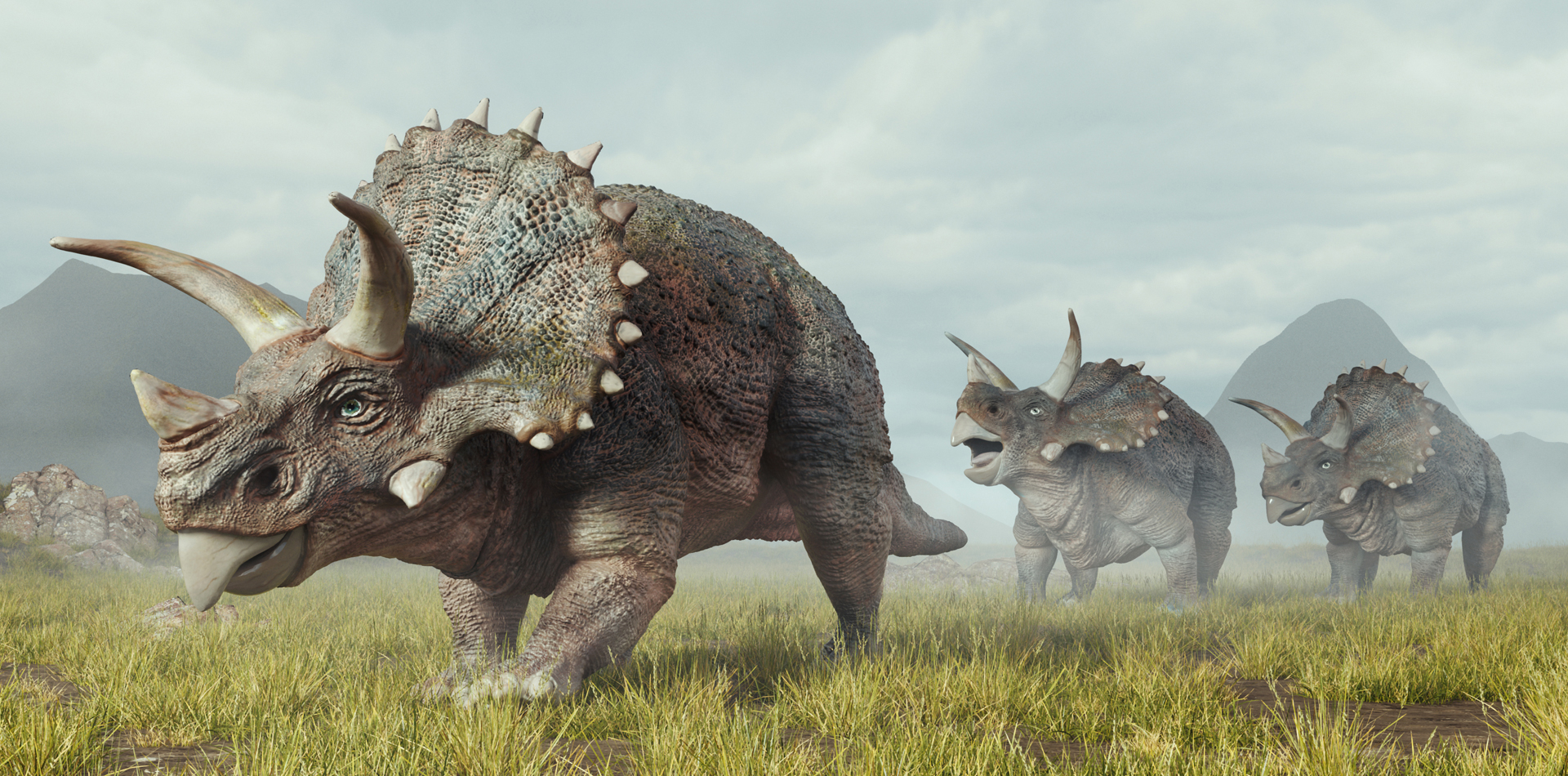
Welcome to our prehistoric adventure as we journey back in time to explore the fascinating world of the Triceratops! As one of the most iconic dinosaurs of the Late Cretaceous period, the Triceratops has long captured the imagination of paleontologists and dinosaur enthusiasts alike. In this “Unraveling the Mysteries of the Mighty Triceratops: A Journey into the World of Dinosaurs” blog post, we’ll unearth the secrets of this magnificent creature, from its formidable anatomy to its role in the ancient ecosystems of North America.
Meet the Triceratops:
The Triceratops, whose name means “three-horned face,” was a large herbivorous dinosaur that roamed the Earth approximately 68 to 66 million years ago during the Late Cretaceous period. Belonging to the ceratopsid family, Triceratops is known for its distinctive appearance, characterized by a massive bony frill adorned with three horns—two above the eyes and one on the nose—and a robust body supported by four sturdy legs. These features made Triceratops one of the most recognizable and formidable herbivores of its time.
Anatomy and Adaptations:
Triceratops was well-equipped for defense against predators and competition for resources. Its formidable horns and frill likely served as both weapons for combat and displays of dominance during mating rituals or territorial disputes. In addition to its cranial ornaments, Triceratops had a powerful beak and numerous rows of teeth suitable for slicing through tough vegetation, allowing it to exploit a variety of plant-based diets.
Behavior and Lifestyle:
While much of Triceratops’ behavior remains speculative, scientists believe it was a social animal that lived in herds or family groups, similar to modern-day herd animals such as bison or elephants. These herds may have provided protection from predators and facilitated breeding opportunities. Triceratops likely spent much of its time foraging for vegetation in open woodlands and plains, using its keen sense of smell and powerful jaws to locate and consume plant matter.
Paleoecology and Extinction:
Triceratops inhabited the ancient landscapes of western North America, where it coexisted with other iconic dinosaurs such as Tyrannosaurus rex, Ankylosaurus, and Hadrosaurus. However, like many dinosaurs of the Late Cretaceous, Triceratops succumbed to the cataclysmic events that marked the end of the Mesozoic Era, including the Chicxulub asteroid impact and subsequent environmental upheaval. While Triceratops and its contemporaries are now extinct, their fossilized remains continue to provide valuable insights into the history of life on Earth and the processes that shaped our planet’s biodiversity.
The Triceratops stands as a testament to the diversity and majesty of the prehistoric world. Through its formidable anatomy, intriguing behavior, and evolutionary adaptations, Triceratops offers a window into a bygone era when dinosaurs ruled the Earth. By studying and appreciating these ancient creatures, we gain a deeper understanding of our planet’s history and the remarkable journey of life that has unfolded over millions of years.
